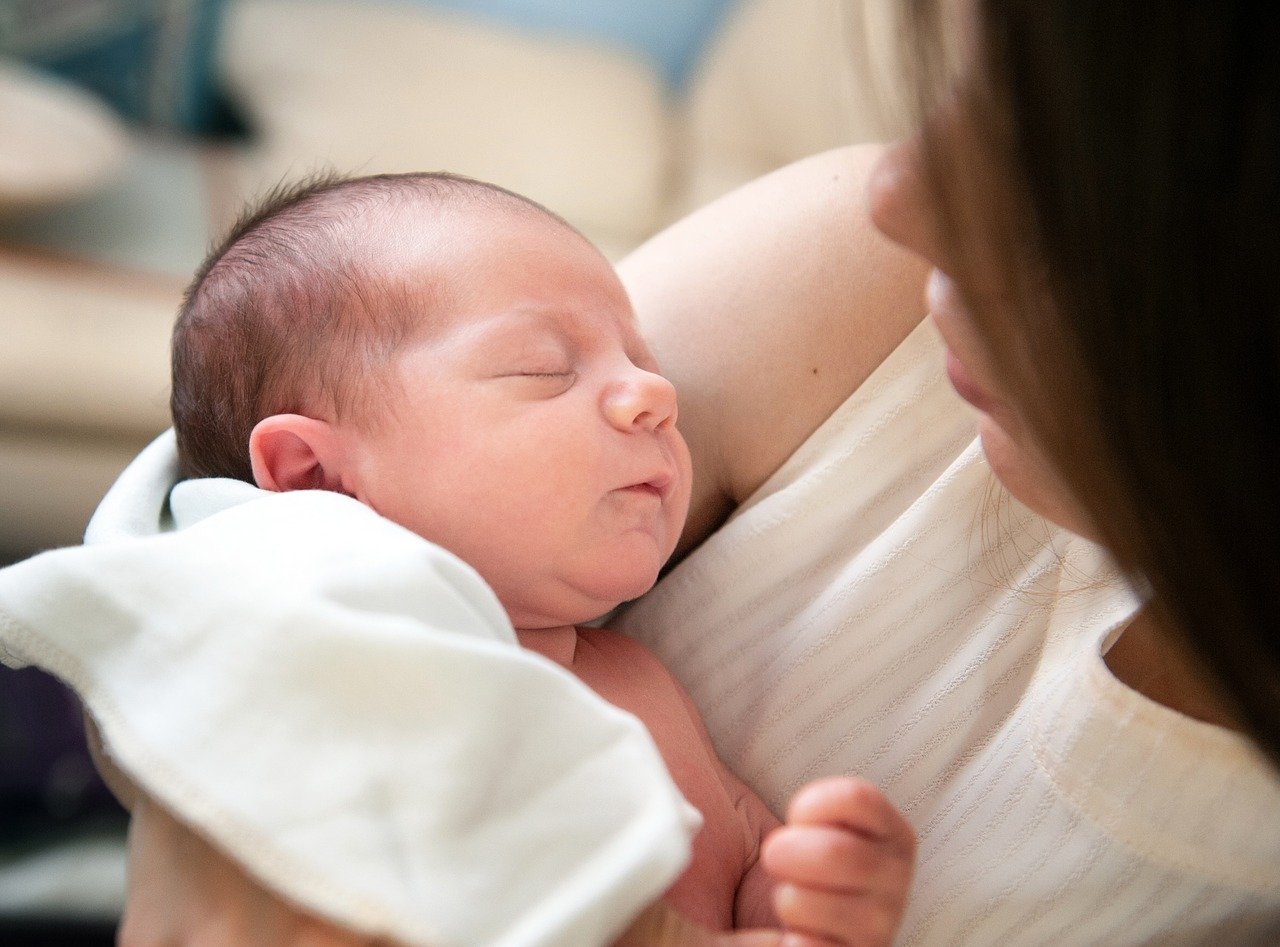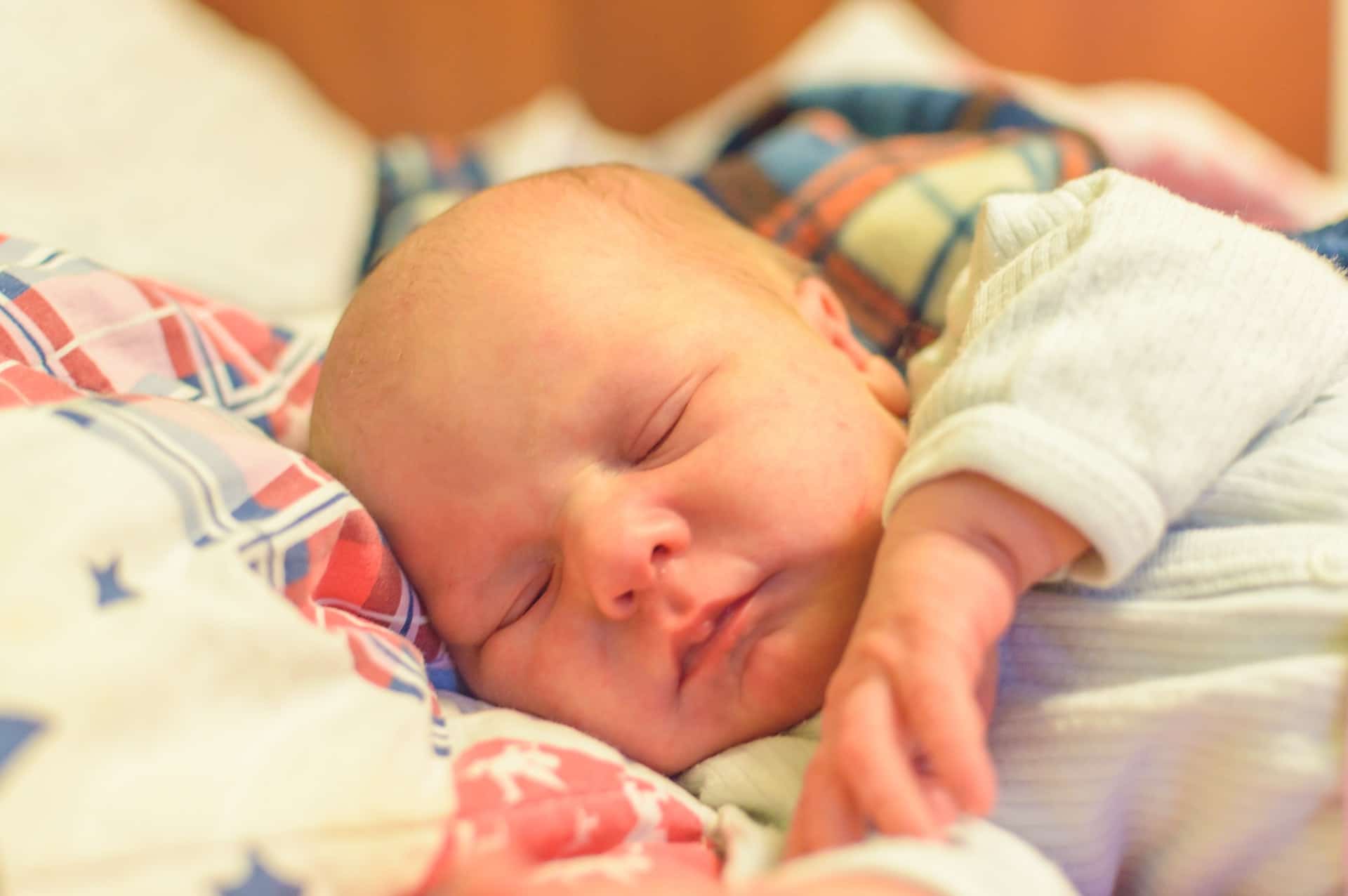According to experts, a child under two will average 5 to 10 colds a year. That number could go even higher if the child is enrolled in daycare. That means you’ll have to get used to the idea of having a sick baby from time to time, but how do you know if it’s a common cold or something more serious?
Sneezing, coughing, and a running nose are symptoms of so many different sicknesses that it can be difficult for the average parent to distinguish between them. With at least 7 illnesses out there that mimic the symptoms of the flu, it’s no wonder there’s some confusion.
On top of illnesses, new parents have birth injuries to worry about. 8 in 1,000 children will suffer some kind of birth injury. Most of those injuries will be classified as somewhere between moderate and severe, and 134 out of every 100,000 children will die from a birth injury.
Those are sobering statistics, but the information is important for expectant parents to have, so they can make choices to decrease the likelihood of these injuries.
With all of these facts in mind, let’s discuss the common illnesses and injuries that make up the majority of an infant’s health issues.

In This Article
Common Or Concerning: What Illnesses Are Common In Infants
There are a whole host of illnesses that babies are likely to catch. This is because their brand new immune systems just aren’t used to fighting anything off yet. Some of the most common illnesses you may encounter with your child include:
The Common Cold
A cold can come around multiple times every year, so it won’t take long to recognize the symptoms. They include a mild fever, a runny nose, coughing, and a sore throat.
A cold can be treated with children’s cold medicines if approved by your doctor, but for the most part, they’ll just have to run their course. The U.S. sees over 1 billion colds a year, so this isn’t a cause for great concern.
Newborn Jaundice
Newborn jaundice is a very common phenomenon that occurs when a baby has a high level of bilirubin. Bilirubin is a yellow pigment that is produced when red blood cells are broken down. This occurs in babies because their livers haven’t developed enough to process bilirubin in the way an adult liver can.
Usually, newborn jaundice goes away without the need for any sort of intervention as the liver develops. If it doesn’t, phototherapy treatment may be suggested. In phototherapy, a baby is placed under a special light that helps break down the bilirubin in their system.
Roseola
Roseola is a generally mild infection caused by two strains of the herpes virus. It’s incredibly common and usually affects children by age two. Symptoms include several days of high fever and congestion, followed by a rash that may appear as small pink spots.
Roseola is similar to the common cold in that there’s not much to be done about it. Treatment recommendations include ensuring your child drinks lots of fluids and gets plenty of rest. Your doctor may advise you to administer children’s cold medicines to treat the fever and congestion.
Gastroenteritis
This is an infection marked by diarrhea, cramps, nausea, vomiting, and fever. It’s commonly called a “stomach bug,” and while it isn’t pleasant to experience, it’s unlikely to harm your child in any lasting way.
The standard treatment for this illness is rest and remaining hydrated. An electrolyte solution, like Pedialyte, can help ensure that your child remains properly hydrated throughout the illness. Start with a small amount every 20 minutes and then gradually give them more if they keep it down.
The Flu
By far the most serious on the list is the flu. The flu, or influenza, is an illness that comes on quickly and can create a miserable few days or weeks. Symptoms vary from person to person but can include a fever of up to 103 degrees, body aches and chills, headaches, a sore throat, a cough, and sometimes vomiting and diarrhea.
If your child has the flu, contact your pediatrician immediately to schedule an appointment.
Most of these illnesses just require rest to recover, but it’s always a good idea to double-check with your doctor anytime your child is ill.

There are five main causes of birth injuries to a newborn during labor and delivery.
- The oxygen supply to the baby’s brain is cut off.
- Bone fractures are caused by inappropriate use of medical equipment.
- Fetal distress goes unnoticed.
- Strangulation by the umbilical cord occurs.
- A doctor fails to perform a C-section or performs one too late.
These medical complications can lead to life-changing issues for your baby. While all birth injuries can’t be prevented, some can. It is your doctor’s responsibility to do everything medically possible to ensure the safe delivery of your child.
If you believe your baby has suffered a birth injury due to negligence, you can get in touch with a lawyer specializing in birth injury lawsuits today. Caring for an injured child is expensive, and you deserve fair compensation to help you provide the highest quality of care.
Practicing Prevention: How To Keep Your Baby Healthy
The best way to ensure the good health of your child is by preventing illness and injury before they occur. Steps you can take to help keep your baby healthy include keeping them away from crowded areas, breastfeeding so that they receive antibodies, and having them vaccinated against preventable illnesses.
Preventing birth injuries is something you have less control over, but there are still a few steps you can take.
- Seek prenatal care early and take prenatal vitamins.
- Follow your doctor’s recommendations about diet and exercise.
- Take notice of how often your baby is kicking in the final weeks of pregnancy, and notify your doctor if it’s less than normal.
- Pay attention to the fetal monitor while you’re in labor and notify a doctor or nurse of any alarms or other oddities.
Work with your doctor to come up with the most comprehensive plan to ensure a smooth delivery process and reduce the risk of a birth injury.
Being a parent is the toughest job in the world but hopefully, this guide to common illnesses and injuries can help make it a little easier.











